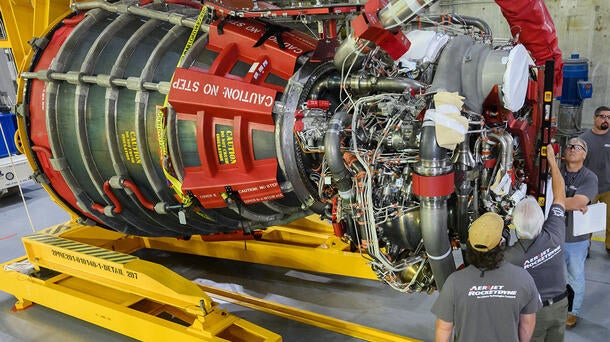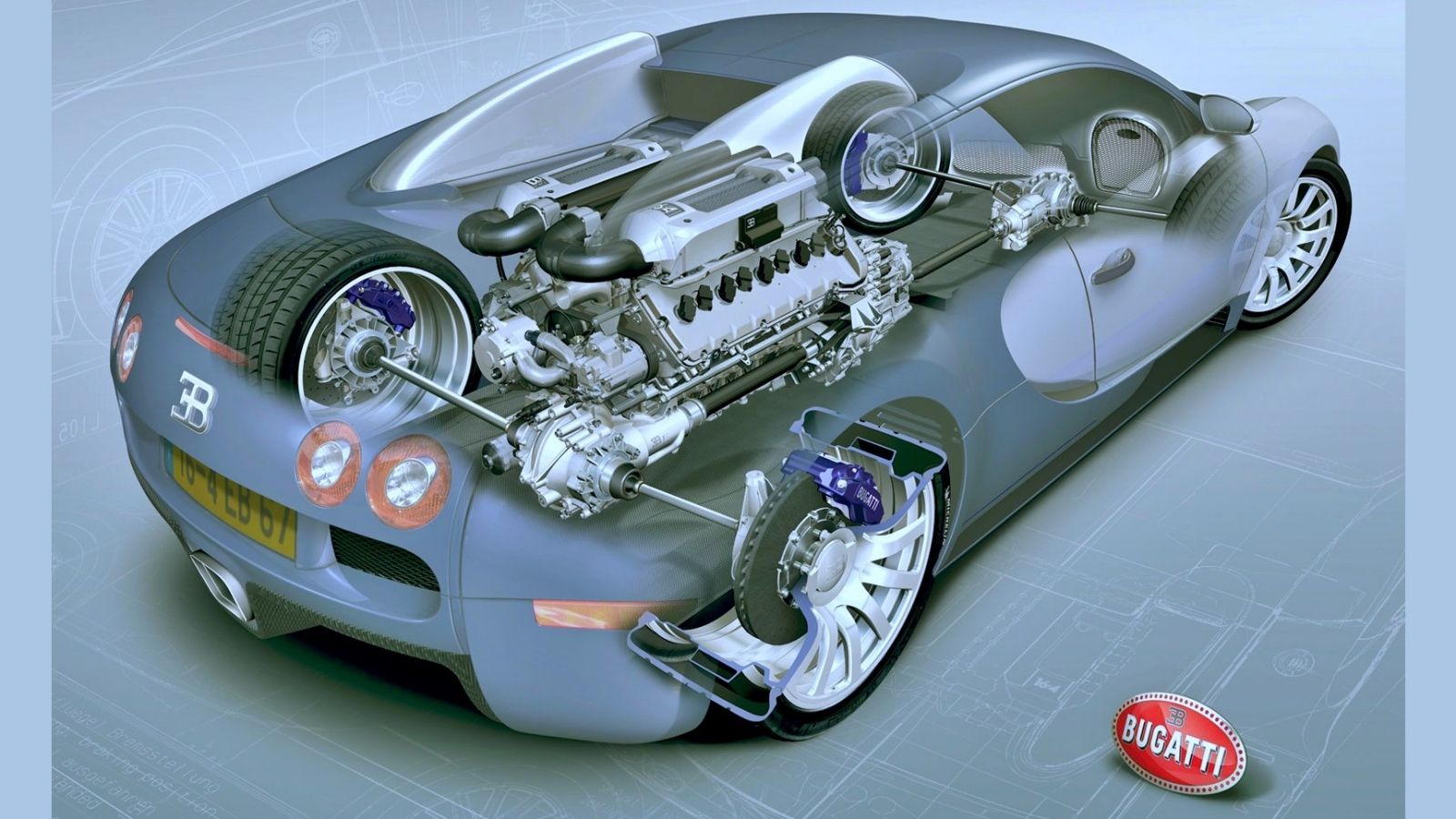The Pursuit for Ultimate Driving Power: Examining the Peak of Engine Performance and Technological Innovations in the Automotive Industry
In the realm of automobile engineering, the quest of maximum driving power has been a ruthless mission that has actually unfolded with the development of engine style and the combination of sophisticated modern technologies. From the thorough workmanship of burning engines to the quick improvements in electrical propulsion systems, the vehicle field stands at the cusp of a brand-new period identified by extraordinary efficiency capabilities.
Evolution of Engine Design

Additionally, the assimilation of turbocharging and supercharging modern technologies has reinvented engine layout by increasing power without dramatically increasing engine size. These forced induction systems compress the consumption air, permitting more fuel to be combusted, therefore creating greater power outcome from a smaller sized engine. This advancement has been especially critical in enhancing the performance of smaller displacement engines while preserving gas performance standards.

Performance-Enhancing Gas Technologies
The implementation of advanced gas modern technologies has actually significantly added to boosting engine efficiency in modern-day automobiles. From standard gas and diesel to ingenious biofuels, artificial fuels, and hydrogen, the automobile sector is witnessing a revolution in gas alternatives. Biofuels, originated from sustainable sources like corn, algae, or sugarcane, offer boosted and minimized discharges engine efficiency. Artificial gas, created with chemical procedures, offer high octane scores, improving power output. Hydrogen fuel cells, although still in the onset of adoption, reveal terrific assurance as a result of their zero-emission nature and capacity for high efficiency. In addition, gas ingredients and detergents are being created to clean engine elements, optimize combustion, and decrease friction, therefore boosting overall vehicle efficiency. With recurring r & d, the mission for the ultimate driving power continues, as engineers strive to open the complete possibility of performance-enhancing gas technologies in the automobile industry.
Improvements in Electric Propulsion
Substantial strides in electric propulsion technology have reinvented the auto sector, leading the way for a brand-new period of efficient and sustainable transportation. Electric cars (EVs) are getting appeal as a result of their ecological advantages and innovations in battery modern technology, enabling longer driving ranges and much shorter billing times. Suppliers are spending greatly in study and growth to boost the efficiency of electrical propulsion systems, concentrating on boosting power outcome, enhancing energy effectiveness, and decreasing overall weight.
One significant innovation in electrical propulsion is the advancement of advanced electrical motors that provide higher torque and power thickness, leading to improved acceleration and total driving performance. Additionally, regenerative stopping systems have been straight from the source refined to record and save power during slowdown, additional increasing the efficiency of EVs.
In addition, the combination of smart modern technologies, such visit this site as man-made intelligence and anticipating analytics, is enhancing the management of electrical propulsion systems, making sure ideal performance under numerous driving conditions. These advancements in electrical propulsion are improving the automobile landscape, driving the industry in the direction of a much more sustainable and electrified future.
Impact of Computational Fluid Dynamics
With advancements in electrical propulsion pushing the limits of automobile innovation, the integration of Computational Liquid Characteristics is playing a crucial duty in enhancing aerodynamic efficiency and improving total performance in automobile style. Computational Liquid Dynamics (CFD) involves making use of computer simulations to analyze the circulation of air around a vehicle, making it possible for engineers to anticipate how style changes will affect the rules of aerodynamics without the need for expensive physical models. By properly modeling airflow patterns, CFD permits the refinement of automobile forms to reduce drag, improve air conditioning, and boost security.
One key benefit of using CFD in lorry design is the ability to iterate quickly, discovering countless design variations to determine one of the most aerodynamically reliable solutions. This iterative process leads to lorries that are not only sleeker and much more visually attractive yet additionally more ecologically friendly and fuel-efficient. Moreover, CFD allows designers to enhance air flow around elements such as radiators, engine bays, and wheel wells, contributing to enhanced More Info performance and overall driving experience. Finally, the integration of Computational Liquid Characteristics stands for a considerable progression in the mission for supreme driving power and effectiveness in the automobile sector.
Future Fads in Engine Technology
In the vibrant landscape of automotive design, sophisticated improvements are shaping the future trajectory of engine technology. The future of engine style is marked by a strong focus on sustainability, efficiency, and effectiveness. Makers are increasingly concentrating on developing engines that not only supply high power outputs yet likewise focus on environmental obligation by reducing discharges and enhancing gas efficiency.
One popular fad in engine development is the surge of electrification. Hybrid and electric powertrains are obtaining traction as feasible choices to conventional burning engines. These technologies supply the capacity for considerable decreases in carbon emissions and boosted power efficiency, aligning with worldwide initiatives to battle environment adjustment.
In addition, improvements in products scientific research and manufacturing techniques are allowing the manufacturing of lighter and extra durable engine components. This shift in the direction of light-weight products such as carbon fiber and light weight aluminum alloys adds to boosted performance and fuel economic climate.
Verdict
Finally, the pursuit of best driving power in the automotive industry proceeds to drive innovations in engine design, fuel innovations, electrical propulsion, and computational fluid dynamics. The development of these technologies is shaping the future of engine advancement, leading the way for much more effective and effective vehicles (engines for africa). As the industry continues to push the limits of what is feasible, we can anticipate to see a lot more groundbreaking developments in the quest for peak performance
One of the crucial milestones in engine style advancement is the change from traditional carbureted engines to modern fuel-injected systems. By specifically metering the gas distribution to each cylinder, fuel-injected engines enhance combustion, resulting in far better efficiency and minimized ecological effect.
Additionally, the integration of turbocharging and supercharging innovations has changed engine style by boosting power without dramatically boosting engine size (engines for africa).The execution of sophisticated fuel modern technologies has significantly added to enhancing engine efficiency in modern automobiles. Additionally, gas additives and cleaning agents are being formulated to tidy engine components, maximize combustion, and lower friction, therefore improving total car efficiency